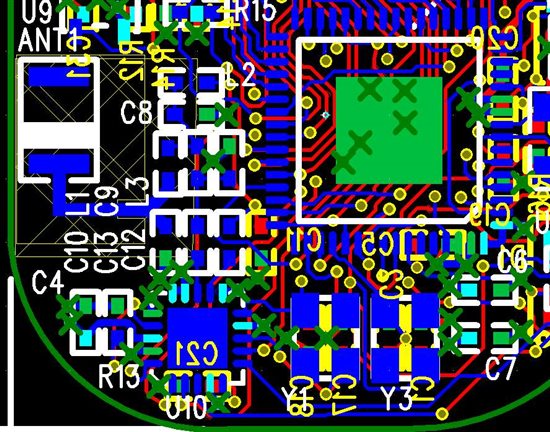Hi all,
I was hoping you could help me with a problem I'm having. In my current design I have a CC2510 on a small pcb with a chip antenna. It is communicating with a CC2511 dongle. Normally I have about 40-50cm range. When I put the device in a plastic housing with the lithium polymer battery that is powering it the range decreases to almost 2cm. I have found that by keeping the battery out of the enclosure the range is about 30cm so it appears that by having the battery in the enclosure with the CC2510 the range is severly decreased.
The layout of the system is as follows:
- Plastic lid on top
- Battery below this
- Underside of PCB below this
- CC2510 on other side of this PCB, i.e. not touching the battery.
- Plastic lid on bottom.
The plastic is only about 2mm thick and the battery is only about 4mm thick.
Any ideas why this would be happening??
Thanks,
Dave


